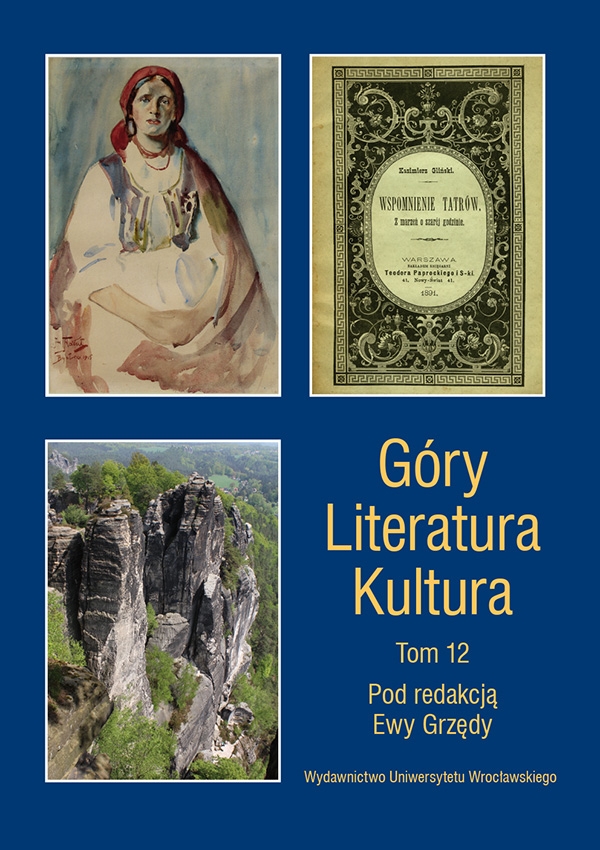

Notes

Incognito through a country of friends: Illegal climbers from the GDR in the Soviet Union
Although the GDR did not have its own high mountains, it did have an informal community of climbers, of about 1,000 enthusiasts, who despite numerous obstacles managed to go on expeditions to high mountains of the Eastern Bloc. They could not count on any support of the state, because mountaineering is not a kind of sport in which international success can be achieved all the time and because the GDR, unlike e.g. the Soviet Union, could not expect any military benefits from it.
The climbers found it especially hard to obtain permission to travel, to go to the mountains on their own, to acquire appropriate equipment and train in preparation for the difficulties awaiting them in high mountains. Only thanks to their extraordinary enthusiasm, organisational creativity and technical skills were they able to overcome obstacles like obtaining invitations from the Soviet Union, casual jobs and making their own equipment in order to be able to reach high mountains.
From the late 1970s the climbing community began to experience a revival thanks to a new “hippie generation”. Young people reached the USSR thanks to the so-called “transit visas”, which is why they were described as “transit travellers”. Often they would then travel for weeks or even months “unrecognised through their beloved country”. During these “incognito travels” they had to avoid police patrols and when they were stopped, they had to have good excuses. Despite their illegality, the transit travellers were able to travel across the entire USSR. Their extraordinarily modest way of travelling, often hitch-hiking or walking, meant that they had closer contact with people living in the Soviet Union than was provided for in the German–Soviet friendship, used for propaganda purposes, and could formulate their own opinion on the reality of the “Big Brother”.
Through their experiences the climbers managed to distance themselves from the official socialist discourse in the GDR. With their views crossing state borders the climbers could be treated as the vanguard of mass escapes through Eastern European third countries, like e.g. Hungary, which began the collapse of the GDR in 1989.